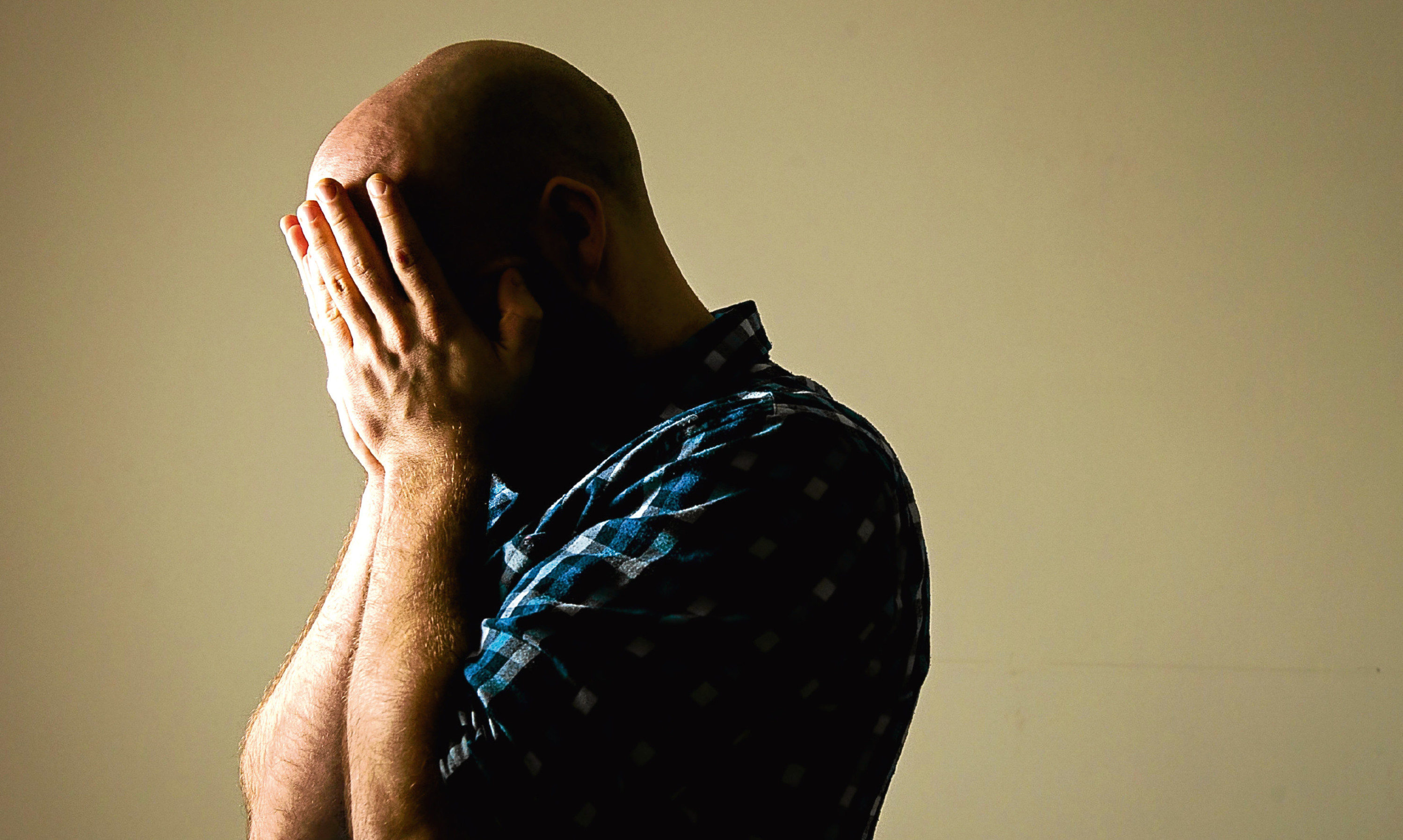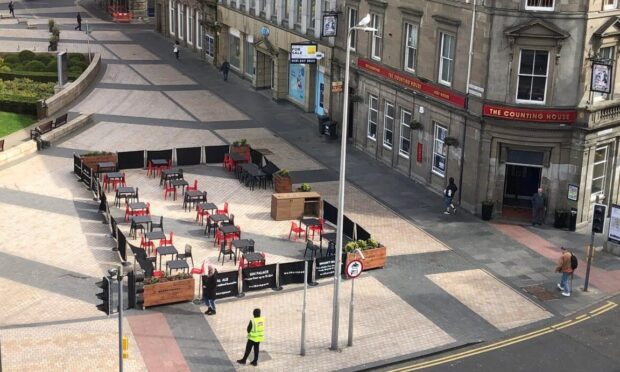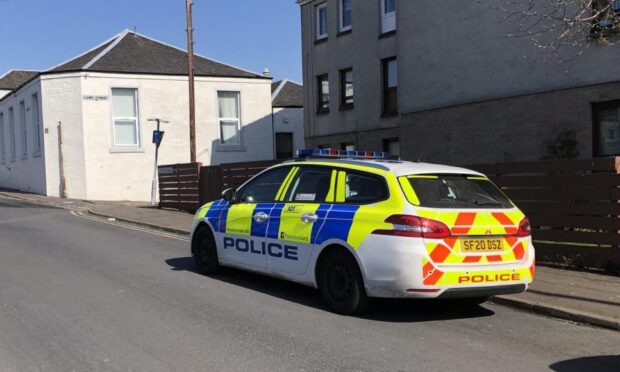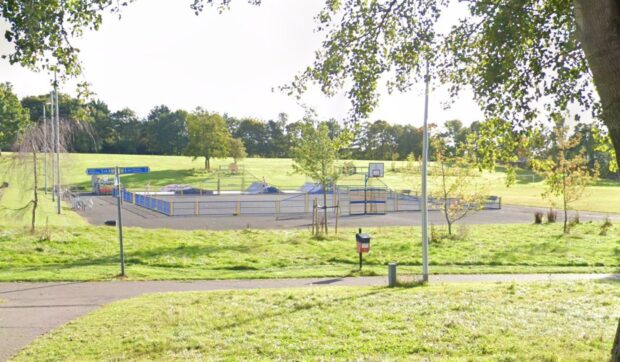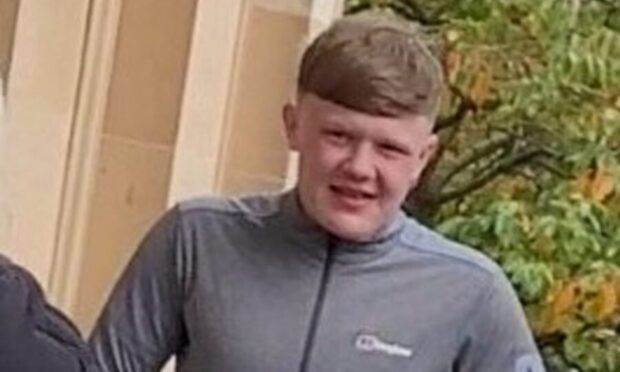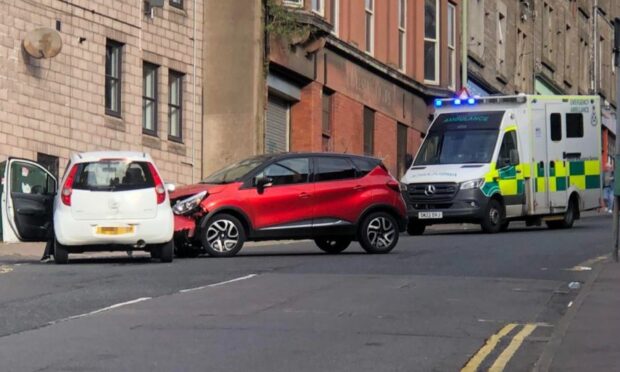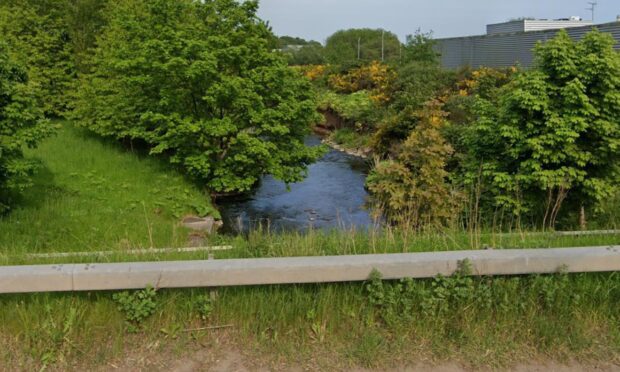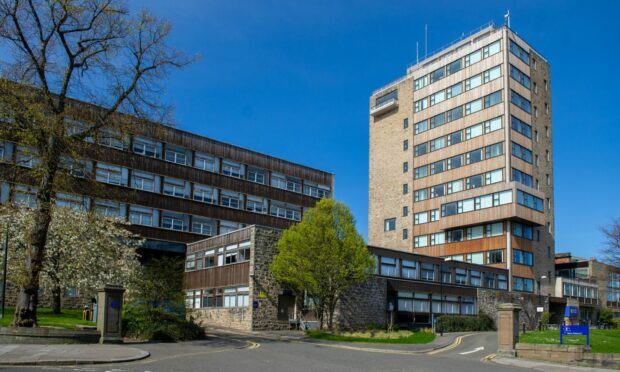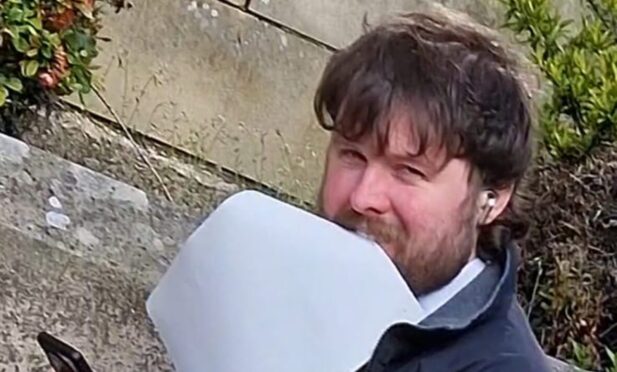Drug use to tackle mental health conditions in Tayside and Fife has rocketed by nearly two-thirds, it has been revealed.
NHS Tayside has increased its use of anti-depressants by more than 73% since 2007/8, while treatments for psychoses and related disorders have experienced a 42% rise.
Pharmacies under the health board handed out nearly twice as much dementia medication, an extra 95%, and there also was an increase in the number of doses used to treat ADHD of nearly 175%.
NHS Fife saw a slower rise in every treatment type except anti-depressants, where there was an increase of more than 90%. However, it experienced an overall rise of nearly 65%.
Only hypnotics doses were decreased in either region, with a drop of nearly 11% for Tayside and just over 2% for Fife.
NHS Tayside, who paid out nearly £9.5 million for mental health drugs last year, an increase of more than 37% on 2016/17, insisted drug therapy can be important in helping people recover from mental illness.
A spokeswoman said: “In common with other health boards across Scotland, increased public awareness of mental health conditions means that people are more likely to seek support from their doctor and it would be appropriate for drug therapy to be used in some of these cases.
“Increased levels of identification and diagnosis of mental health conditions, including dementia, means that more patients are accessing important treatments that can improve quality of life for them and their families.”
The figures form part of a report by Information Services Division (ISD) Scotland, which analysed local and national trends in gross ingredient cost, the figure reimbursed to dispensing contractors at list price before the deduction of any discounts.
It found that across Scotland dispensing of anti-psychotics, anti-depressants, drugs for ADHD and drugs for dementia had steadily increased over the past 10 years. The use of medicines for insomnia and anxiety had slightly decreased in the same time.
For four out of the five drug groups, “substantially more” were dispensed to females than to males, and the figures showed higher use of mental health medication by people living deprived areas.
The Scottish Government said it was “committed to tackling stigma and making sure people get the right mental health help in the right place at the right time”.
A spokesman added: “Prescribing is a clinical decision, based on clinical need and supported with clear discussions between the prescribing clinician and patient within the context of their long-term recovery.
“All prescribing should be in line with clinical guidelines and evidenced-based practice.”
